Retro Replay Review
Gameplay
Hijack offers a tense, management-driven gameplay loop that challenges you to balance political, financial, and military strategies under a relentless time constraint. You guide your character’s left-right movement through a government complex, using lifts to traverse floors and access key advisers in each room. At the same time, a cursor navigates up and down rows of icons representing actions like fundraising, press releases, and intelligence briefings. The dual control scheme feels intuitive once mastered, blending action-oriented exploration with strategic menu navigation.
The heart of the game lies in your interactions with the President, FBI, CIA, and military advisers. Each adviser presents two or more distinct options: you can request financial support, ask for detailed intel on hijacker motives, or push for a hardline military approach. Timing is critical, as more advanced intelligence takes longer to gather but can be decisive when negotiating with terrorists. Meanwhile, press releases and public opinion sway the President’s willingness to extend your deadline, adding a layer of political theater to your decisions.
The interface features real-time graphs tracking your political influence, military readiness, and financial reserves. These visual indicators allow you to quickly gauge whether you’re tilting too heavily toward force or inquiry, encouraging a balanced approach. As you progress, you’ll frequently revisit key staff members to adjust your tactics, making each decision feel consequential. The risk-reward tension peaks when you finally head to the hijack site, choosing which advisers to bring along for the final negotiation.
Overall, Hijack’s gameplay strikes a satisfying balance between urgency and strategic depth. The prospect of bribery versus diplomacy versus military intervention provides meaningful replay value. Time extensions negotiated with the President can dramatically shift your approach, ensuring no two playthroughs feel identical. Whether you’re coaxing cooperation from an FBI agent or drafting a last-minute press release, every action keeps you on edge—and invested in the outcome.
Graphics
Visually, Hijack employs a clean, functional aesthetic that prioritizes clarity over flashy presentation. The interior of the government complex is rendered in a modest 2D style, with distinct rooms color-coded to help you quickly identify advisers’ offices. Animated lift doors slide open and shut as you navigate floors, adding a touch of movement that keeps the environment feeling alive. Iconography for menus and graphs is sharp and easily readable, ensuring you never waste time deciphering your options.
Character sprites are simple but expressive, using subtle gestures to convey urgency when delivering news or intelligence. The game’s color palette shifts to reflect the balance of power—warm hues for high public support, cooler tones when military readiness dominates. Cutscene sequences are minimal, relying on static portraits and voiceover cues to advance the plot. While not visually groundbreaking, this straightforward approach ensures that the stakes remain front and center.
The top and bottom-screen graphs are animated in real time, their bars rising and falling in response to your choices. This feedback loop feels dynamic, as watching your political meter spike after a well-timed press release evokes genuine satisfaction. Sound design complements the visuals with brief UI chimes and newsroom-style alerts, reinforcing the feeling of being at the nerve center of a crisis. Overall, Hijack’s graphics serve the gameplay effectively, minimizing visual clutter and maximizing functionality.
Environmental details, like office décor and drab government carpeting, reinforce the bureaucratic setting without distracting from your strategic focus. Lighting remains consistent throughout, avoiding dramatic shifts that might obscure key information. Though some may wish for more elaborate animations or cutscenes, the game’s pared-down style ensures seamless performance even during high-pressure moments. In short, the graphics are unpretentious, purposeful, and wholly serviceable for the high-stakes drama at hand.
Story
Hijack plunges you into a high-stakes scenario where a group of terrorists has seized control of a vehicle, and you’re the head of the US Government’s Hijack Division. Your mission unfolds through a series of advisements from the President, CIA analysts, FBI liaisons, and military commanders. Each adviser brings their own perspective and urgency, creating a tapestry of interests that you must navigate to secure a peaceful resolution. The narrative tension is driven by the ticking clock—every minute brings the specter of violence closer.
The branching story paths—bribery, political maneuvering, or military intervention—offer genuine narrative weight. Opting to raise funds and broker a financial settlement leads to delicate negotiations and the moral quandaries of dealing with criminals. Pursuing a purely political solution tests your relationship with the President and the press, while a full-scale military approach risks collateral damage and public backlash. These choices shape the final negotiation at the hijack site, leading to multiple possible endings that reflect your strategy.
Interactions with the President are particularly engaging, as his willingness to extend the deadline or authorize force hinges on your prior decisions and public sentiment. FBI and CIA briefings provide layers of context, from hijacker demands to background dossiers, enriching the plot with intelligence-gathering subtexts. The story’s structure encourages replayability, inviting you to explore different moral and tactical routes. Cutscenes are sparing but impactful, emphasizing key turning points without stalling the action.
Despite its procedural tone, Hijack injects moments of genuine drama—late-night strategy sessions, tense phone calls with advisers, and the palpable fear of civilian safety on the line. The game’s writing strikes a balance between bureaucratic realism and cinematic flair, offering enough detail to ground the crisis while maintaining narrative momentum. Whether you’re tweaking a press release or ordering a tactical strike, every choice feels part of a cohesive, adrenaline-fueled story.
Overall Experience
Hijack delivers a uniquely suspenseful experience by merging time-sensitive strategy with interactive storytelling. Its blend of real-time decision-making, resource management, and character interactions keeps you fully engaged from start to finish. The user interface remains accessible even in high-pressure scenarios, ensuring the game never feels overwhelming. As a potential buyer, you’ll appreciate how each playthrough invites fresh tactical puzzles and narrative outcomes.
The game’s pacing is masterfully calibrated: early scenes set up your resources and alliances, mid-game challenges force you to adapt your strategy, and the climax at the hijack site provides a nail-biting finale. Sound cues and graph animations heighten immersion, reinforcing the impression that you’re orchestrating a national security operation. Though its visuals are understated, they never detract from the central drama or impede clarity.
Replay value is a standout feature, with the three distinct resolution paths encouraging experimentation. Each adviser’s unique role rewards attentive players who learn to anticipate intelligence delays, press scrutiny, and military readiness. The moral and political stakes embedded in your decisions lend weight to the narrative, creating a compelling loop of strategy and consequence. Hijack stands out as an ambitious title that melds management gameplay with an espionage thriller ambiance.
In conclusion, Hijack shines as a strategic simulation that places you at the heart of a tense governmental crisis. Its combination of resource juggling, adviser diplomacy, and final negotiation offers a refreshing departure from conventional action or turn-based strategy games. If you seek a game that challenges both your tactical acumen and moral compass, Hijack is well worth your time.
 Retro Replay Retro Replay gaming reviews, news, emulation, geek stuff and more!
Retro Replay Retro Replay gaming reviews, news, emulation, geek stuff and more!
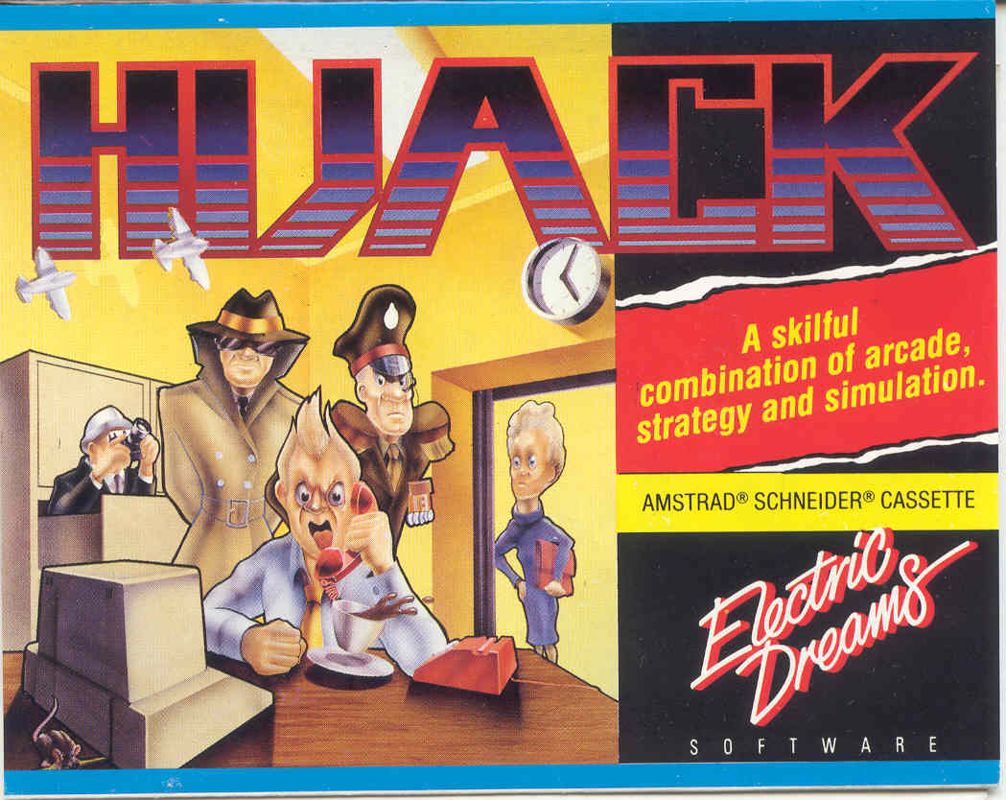
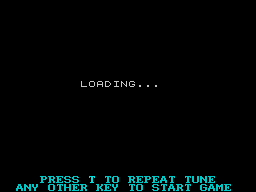
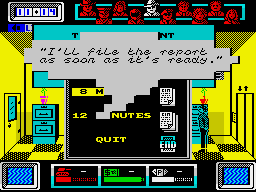
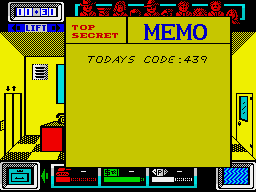
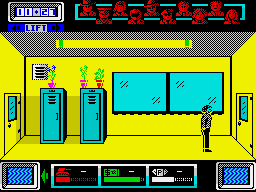
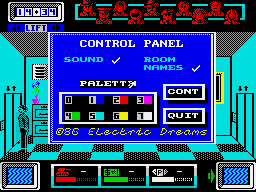



Reviews
There are no reviews yet.